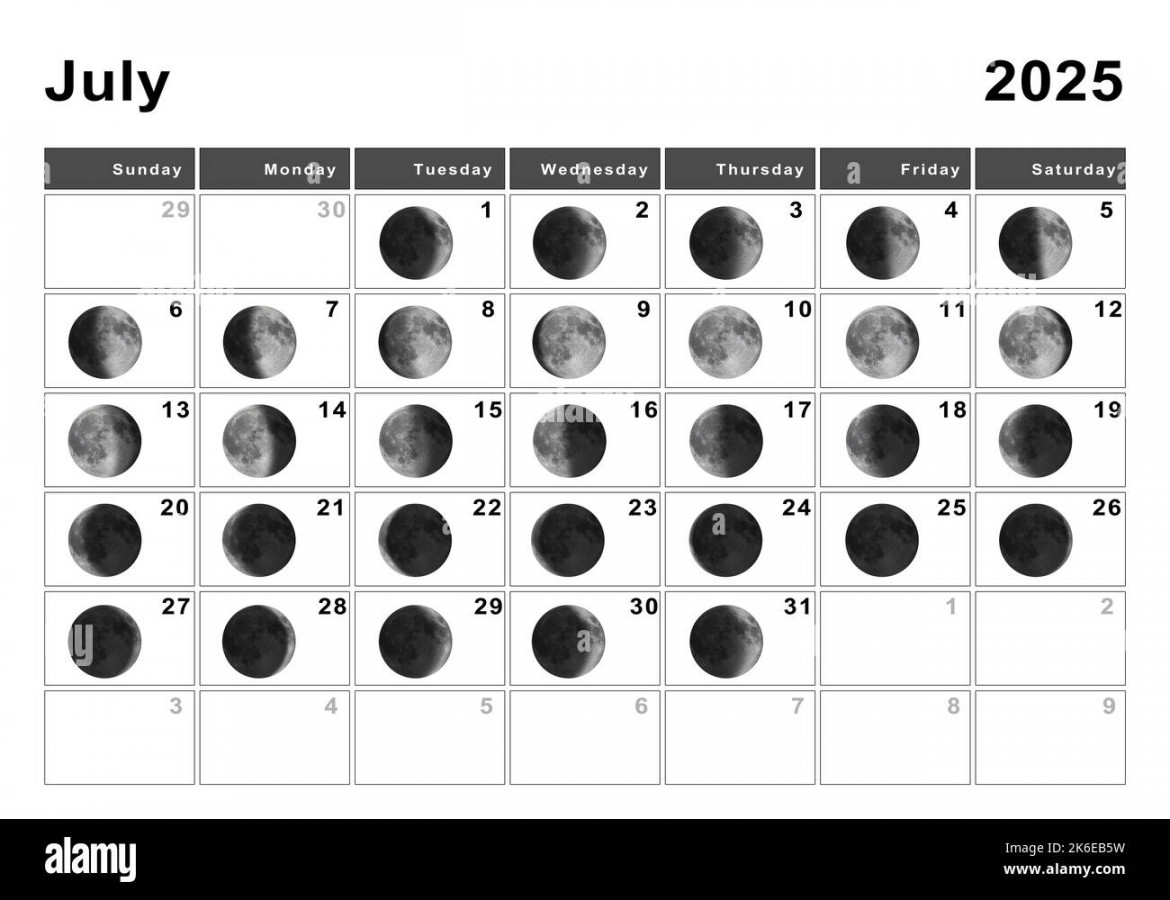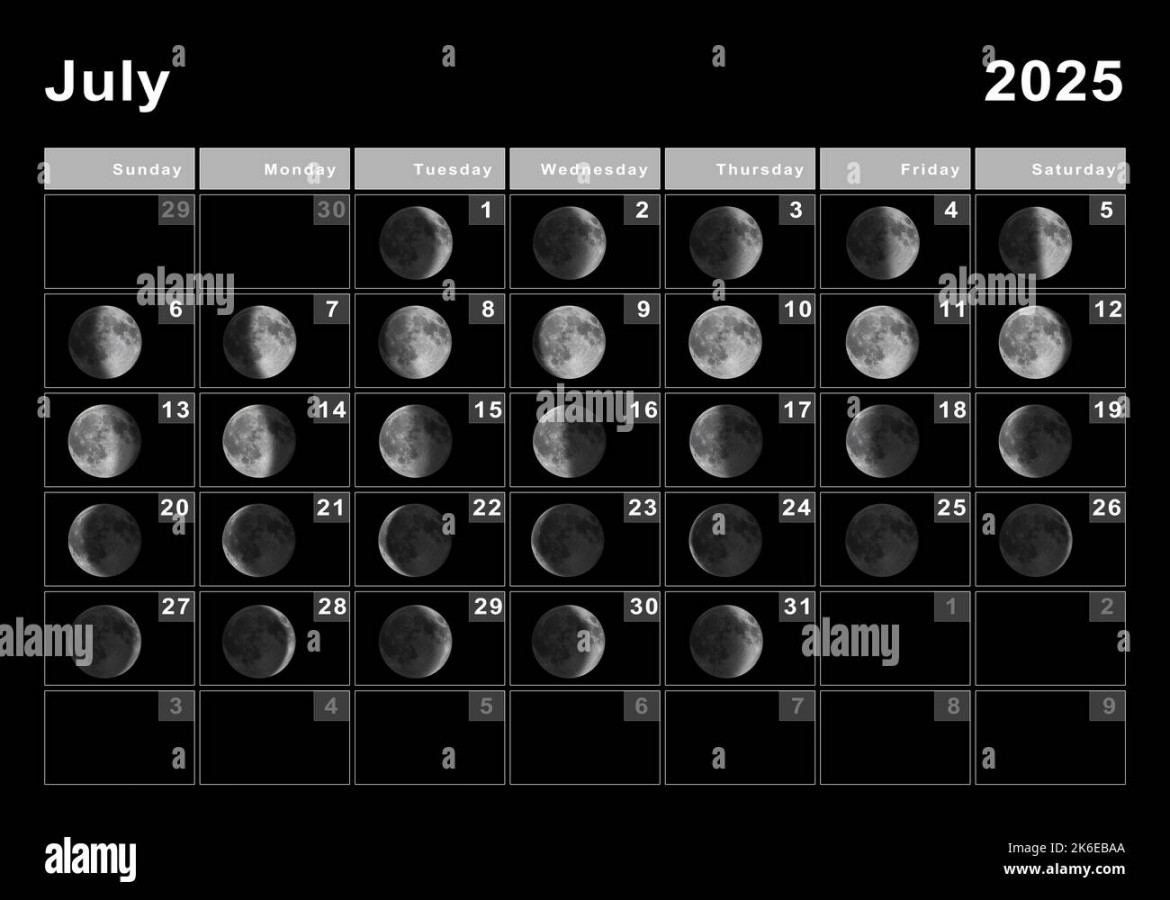Super rare ‘lunar standstill’ moon not seen for 18 years to appear – full list of dates
A rare astronomical event, the major lunar standstill, is occurring again, captivating skywatchers and historians alike.

This phenomenon, which happens only once every 18.6 years, is marked by the Moon taking a more dramatic path across the sky, appearing to peak higher and lower than usual.
During a major lunar standstill, the Moon’s tilt swings more significantly, causing it to rise and set further north and south. This results in the Moon appearing to move differently, with its highest and lowest points in the sky being more extreme.

This unusual lunar movement will be observable over several months, with the most notable effects starting in late 2024 and continuing into early 2025.
Skywatchers can expect to see the most dramatic changes during full Moons around the equinoxes in September 2024 and March 2025. Full Moon dates to mark in your calendar this year include June 21, July 21, August 19, September 17, October 17, November 15, and December 15.

In 2025, the most dramatic changes are expected January 13, February 12, March 14, April 12, May 12, 2025, June 11, July 10, August 9, September 7, October 6, November 4, and December 4.
The upcoming equinoxes, which are expected on September 22, 2024, and March 20, 2025, will be the best times to observe these effects.
This celestial event is also believed to have historical significance. Some experts suggest that Stonehenge in England may have been designed with the Moon’s movements in mind.
English Heritage notes that at least one major standstill might have influenced the design and purpose of the ancient monument.
“It’s believed that at least one major standstill was marked during the early phase of Stonehenge, potentially influencing the monument’s design and purpose,” they explain. “On a major lunar standstill, the moon rises and sets in a place on the horizon that the sun never reaches.
“For people who track the movement of the sun across the year – such as farming communities who use horizon calendars for planting and harvesting – the appearance of the moon further north and south than the extremes of the sun may have been highly significant.
“Perhaps this would have been a moment when the lunar deity was stronger than the solar one.”
English Heritage will be livestreaming the southernmost moonrise from Stonehenge on June 21 on their YouTube channel, offering a unique opportunity to witness this rare event.